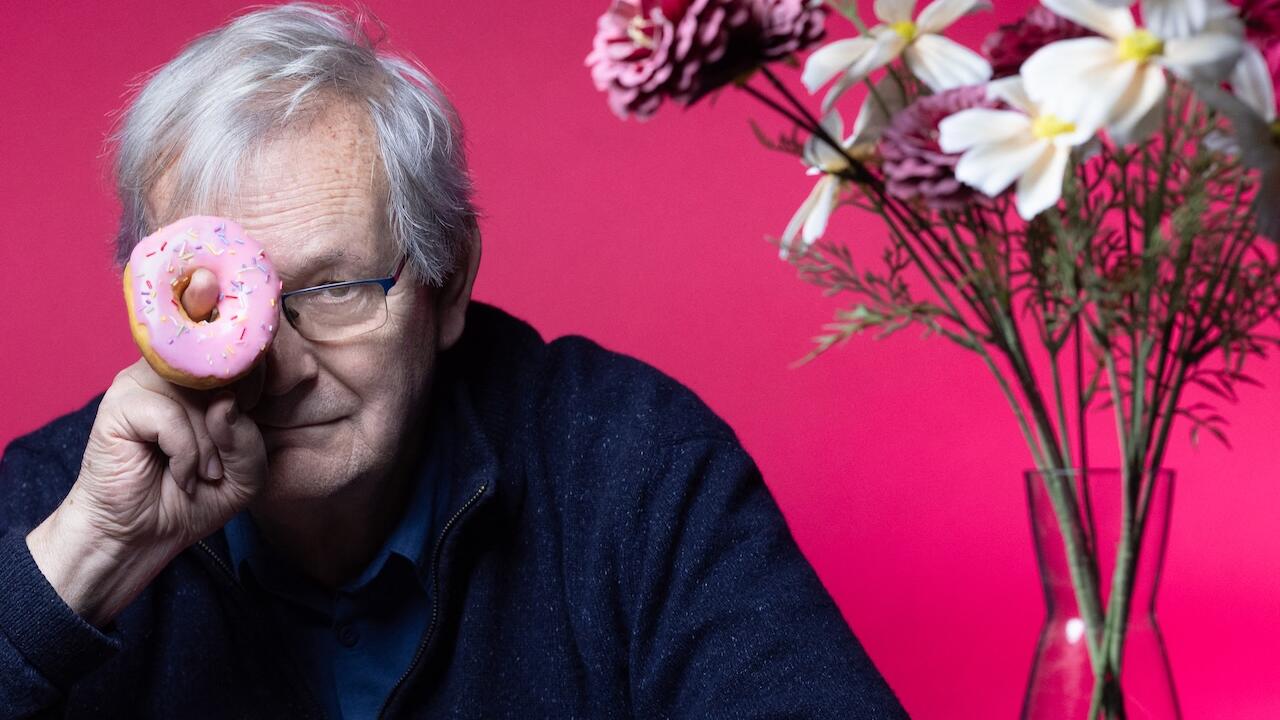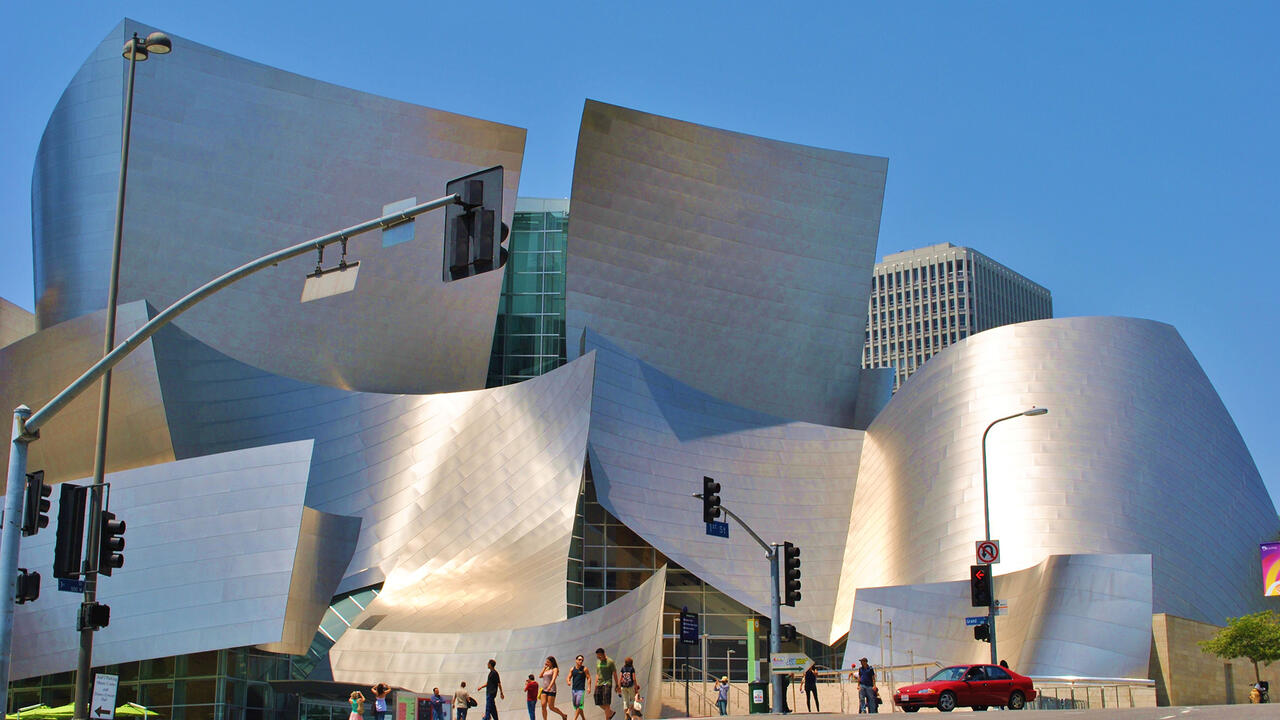The Accidental Tourist
In these days of cultural complexity it’s important to ask ‘what is local’ and ‘what does it need’?
In these days of cultural complexity it’s important to ask ‘what is local’ and ‘what does it need’?
The other day I had lunch in the new restaurant da Karlo near where I live on Karl-Marx-Allee in Berlin. They serve Italian food and play Brazilian music, and the waiters speak Spanish. With a good view of the Stalinist architecture of the Allee, I read an essay by a French filmmaker who recounted how, when he first saw a Jonas Mekas film, he didn’t understand a word of the American voice-over, which was spoken with a Lithuanian accent, but still loved every minute of the movie. As my pizza Napoli arrived, to the strains of a melancholy samba tune, it struck me that it is precisely these moments of cultural interference that I look for in art.
By ‘interference’ I don’t mean to evoke the notion of ‘diversity’ that the advertisers and ideologues of the 1990s seized on as a way to brand urban consumer culture as the earthly paradise of capitalist liberalism. I’m thinking more of those accidental moments when different voices and languages overlap at the opening of an exhibition or during a break at a conference, or when different meanings clash in an art work or a text, or in your mind when you try to piece together memories of a show, discussion or journey. No doubt, simulating such moments of cultural complexity has today become a routine affair for art professionals. Yet what routines cannot procure are interferences. They have to occur of their own volition, and when they do, they don’t necessarily make sense. Take the constellation of a defunct Soviet Modernism, a sad samba, a book about American underground cinema and a pizza Napoli. This could be a perfect or a meaningless moment (or both). It could be a typical Berlin moment, but then it could also occur in any place with a socialist past where they serve pizza.
This is also why I believe that the genius loci of a particular city can be an important factor but never the sole reason for the occurrence of magical moments. Who knows, special things could also happen when in some out-of-the-way place a motley crew of characters from various countries meet at an exhibition, conference, art school or residency. In fact, even when they take place in a metropolis, gatherings of international artists and intellectuals can feel distinctively marginal in exactly the same way as they would if they had happened somewhere ‘provincial’. I remember, for instance, the experience of a panel discussion in the Guggenheim New York as being not substantially different from that of a seminar in a disused convent in Cork. With about 20 people listening on both occasions, the discussion was marked by a similar amount of interference, some of it white noise with people talking at cross purposes, but some of it very inspiring when the improvised discourse suddenly threw up terms that made it possible to agree or disagree in a meaningful way.
I have had this experience in many places, and it makes me think about the close relationship between internationality and marginality. It seems to me that internationalism in art today is primarily about mediating eccentric positions from different cultural contexts in front of a small local audience. The common ground for this new internationalism could in fact be a feeling of marginality shared by artists and intellectuals from various countries. What I appreciate about this international discourse is that through its fickleness it is a counterpoint to what happens if a local or national art scene is left to focus on itself for too long. The outcome is usually that the members of such scenes feel forced to defend the position they took up years ago in a never-ending trench warfare. To keep on the margins of such pointless local quarrels and instead look for a more open exchange with like-minded people in an international discourse has always seemed preferable to me.
Discussing such ideas of internationalism and marginality with a small group of artists and writers in the garden of an art school in a suburb of Yerevan, Armenia, the sociologist Hraech Bayadyan made a good point. He described how the post-Soviet condition had changed the social status of the intellectual from being that of a dissident to that of a marginal figure. While the political regime still occupied itself with dissidents (and both censored and sponsored them), new capitalism simply marginalizes intellectual labour as economically unprofitable and thus pushes it into oblivion. I argued that if this marginal position is not recognized inside the country, it would be in an international discourse. Bayadyan countered this by saying that such recognition only make a difference when it affects local struggles. He saw his task therefore as being to translate international discourse into Armenian and thereby try to bring up to date a language that had suffered a time-lag through being displaced by modern Russian. This position made me wonder about how, on my part, a flirtation with the international may also always imply an escape from a commitment to the local. Still, I have difficulty figuring out what the local could want from me. Writing this in Umeå, Sweden, with everything outside covered in deep snow, while back in Berlin spring and another biennial have just arrived, I come to no conclusion.












